 |
July 7, 2017 Volume 23, Number 27 |
Research and Education |
General Interest |
Network Tools |
In the News |
Research and EducationBack to Top | |
 |
|
 |
|
 |
|
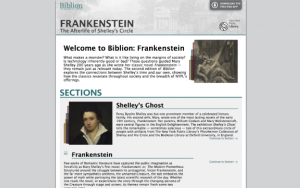 |
|
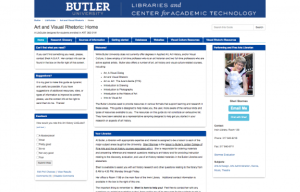 |
|
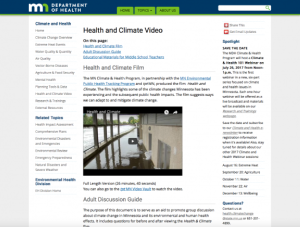 |
|
 |
|
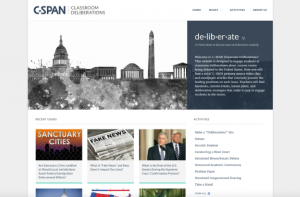 |
|
General InterestBack to Top | |
 |
|
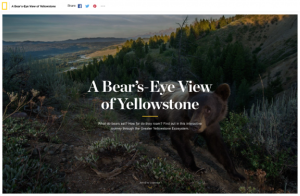 |
|
 |
|
 |
|
 |
|
 |
|
 |
|
 |
|
Network ToolsBack to Top | |
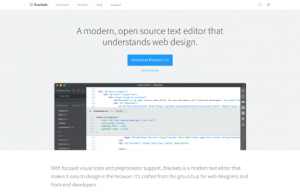 |
|
 |
|
In the NewsBack to Top | |
80 Years After Her Disappearance, Amelia Earhart Still Makes Headlines | |
|
Does A Newly Discovered Photo Show Amelia Earhart Survived A Crash Landing? All the theories of Amelia Earhart's mystery disappearance Smithsonian Curator Weighs In on Photo that Allegedly Shows Amelia Earhart in Japanese Captivity Amelia Earhart's Navigator: The Life and Loss of Fred Noonan Amelia Earhart: Official Website Amelia Earhart: The Lost Evidence On June 1, 1937, Amelia Earhart and her co-pilot Fred Noonan set out to circumnavigate the globe. The world was enthralled, as Earhart was a renowned aviator, author, and women's rights activist. Dubbed "Lady Lindy" by the press, she was the first woman to fly over the Atlantic, the first person to fly over the Atlantic twice, and the first person to fly solo across the Pacific from Honolulu, Hawaii, to Oakland, California. This flight, however, would be her last. On July 2nd, Earhart and Noonan lost their bearings during the most challenging leg of the trip and were never heard from again. In the decades since their disappearance, their fate has captivated historians and fans alike, resulting in numerous theories from the conniving to the far-fetched. This week, a recently discovered photo in the U.S. National Archives has brought new life to the theory that Earhart and Noonan survived a crash landing and were captured by the Japanese. In this photo, a woman who appears to be Earhart and a man who appears to be Noonan are sitting on a dock in the Marshall Islands. Many people, however, are not convinced. As Dorothy Cochrane, curator for the Smithsonian National Air and Space Museum's Aeronautics Department notes: the photograph does not provide definitive evidence. The photograph simply adds "another layer, another page in the search for Amelia, and especially in this particular theory." [CDR] The first article provides a sampling of the media flurry surrounding Amelia Earhart this week, courtesy of NPR's The Two-Way. Curious about the popular theories behind Earhart's disappearance? CNN provides a handy overview, which is available via the second link. Moving along, the third link offers curator Dorothy Cochrane's thoughts on the newly discovered photograph, while the fourth link provides a bit more information about Fred Noonan, Earhart's skilled navigator. Next, readers may explore the official Amelia Earhart website, courtesy of The Family of Amelia Earhart. Finally, the History Channel plans to air a documentary, Amelia Earhart: The Lost Evidence, about the new discovery this Sunday. More information can be found via the final link. | |





